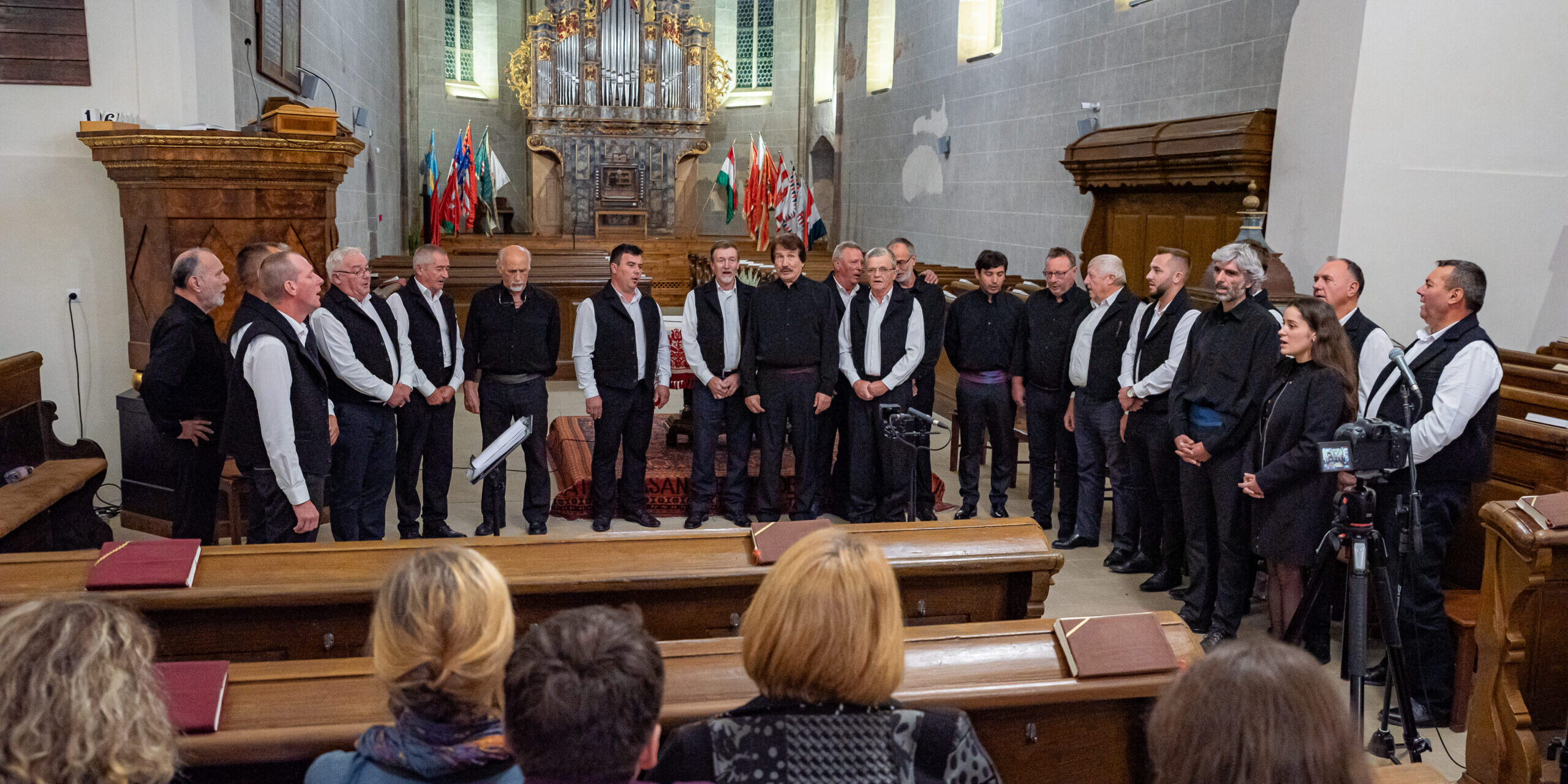A Corsican male choir and a Transylvanian singing group performing together. Southern Serbian melodies with a French Occitan musician and Márta Sebestyén, a Hungarian folk singer awarded with the Kossuth and Liszt Ferenc Prizes. The Natives at Home project presents Europe’s hidden cultural treasures through bold pairings. But what lies behind the concerts? Why is it important today, in an integrating Europe, to amplify the voices of local cultures? We spoke with László Kelemen, president of the Transylvanian Heritage House Foundation and the initiator of the program, about roots, the challenges of globalization, and a shared European ambition.
A Corsican male choir and the Szászcsávás singing group performing together in Transylvania. At first sight, perhaps a surprising pairing. What inspired the Natives at Home series, and what is the projects main message?László Kelemen: To understand the essence of folk culture, it’s worth stepping back in time a little. In old Europe, people didn’t migrate unless a war or disease forced them. For centuries they lived in the same place, and in doing so they created wonderfully rich, unique local cultures. That’s why, even within Transylvania, there can be vast differences between the traditions of two neighboring villages. A man from Vajdaszentivány or Magyarpéterlaka would also define himself differently, through his own community.
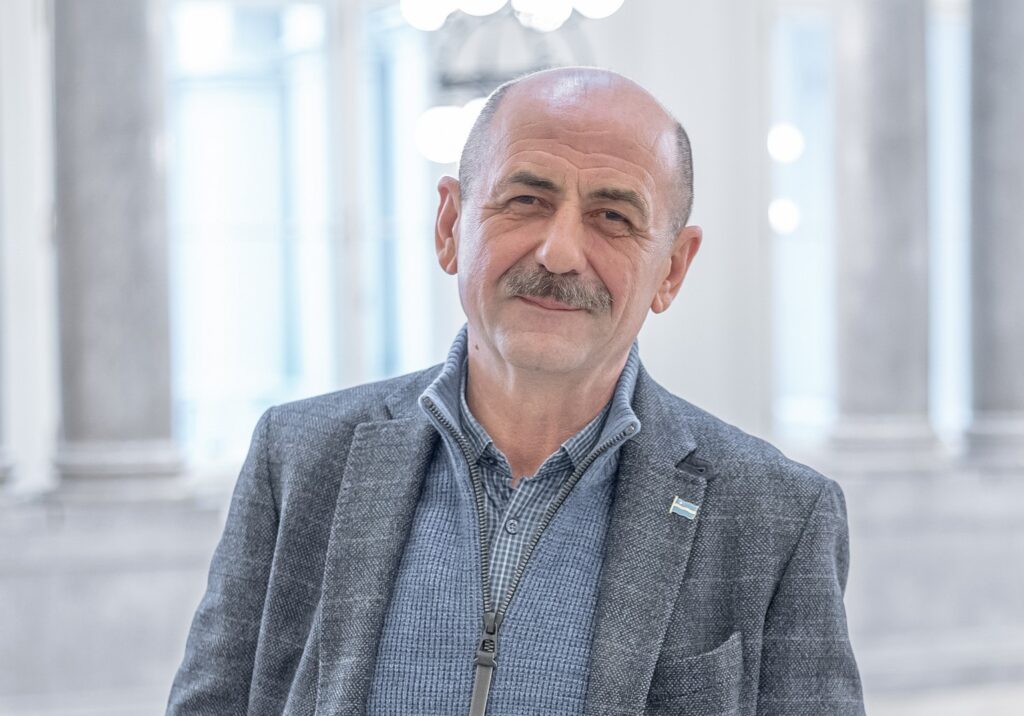
Then came the nation-states and globalization, and this mindset was transformed. Local communities suddenly found themselves in minority positions, persecuted, or—like the Transylvanian Saxons and Jews—simply sold off. Many of us believed the European Union would bring a positive change, but unfortunately, that has not been the case. Today, the vision is of an unified Europe, a kind of United States of Europe, where local values become secondary or disappear entirely. On top of that comes the American consumer culture, which sweeps everything away. As a result, many people no longer feel connected to their homeland and leave to work elsewhere without guilt.We see that the local–global balance has completely collapsed. With our own gentle, cultural tools, we want to draw attention back to these roots. This is what the Natives at Home project means. Our goal is to awaken people to the idea that a world where local and global are in balance is much more humane and livable. As the Bible says, man does not live by bread alone. We believe that those who begin to think about themselves and their environment will try to find something to hold on to in this sinking ship. We want to be that foothold.
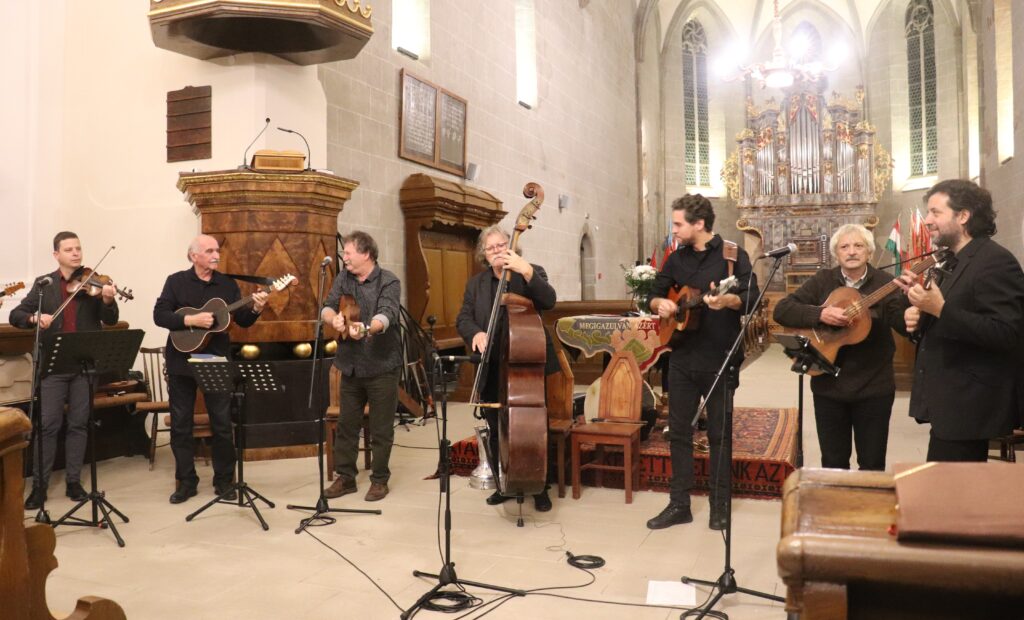
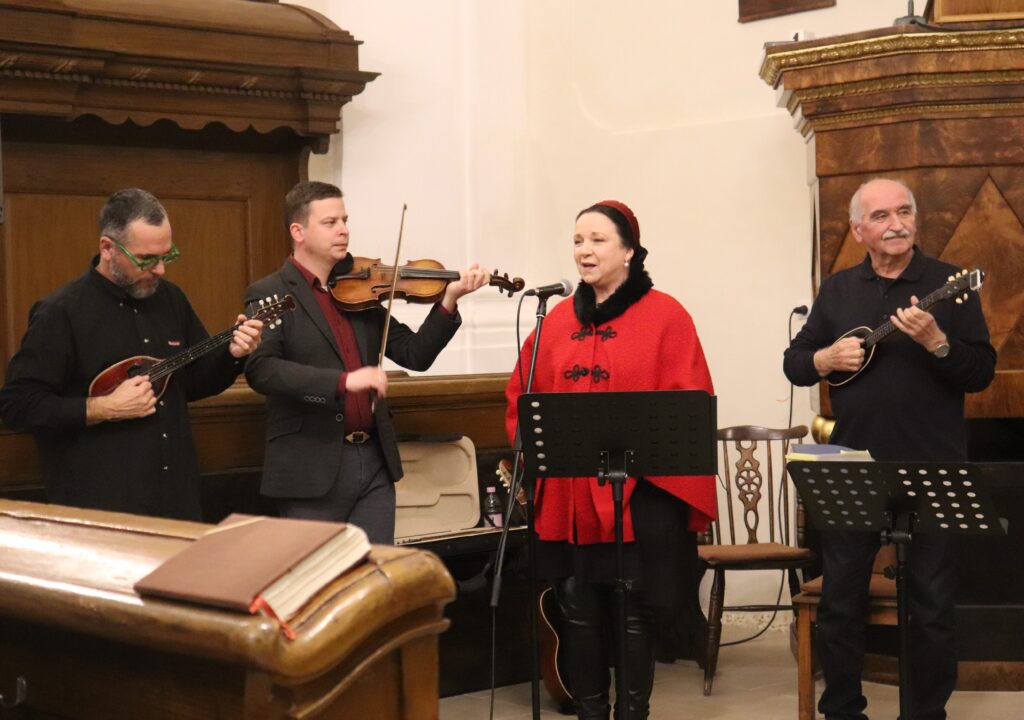
A large-scale international project like this surely doesn’t come together with a snap of the fingers. What obstacles did you face during the organization?
K.L.: Interestingly, coming up with the programs was not the hardest part, since we have many connections all over Europe. The greatest challenge was the financial part. We had to bridge large distances, touring bands, which of course costs a lot of money.
The other difficulty was the political environment. The logic of nation-states today is about unification, not supporting local values. They make rules that apply to everyone equally, but these rules often fail to take the specific characteristics of individual communities into account. We constantly come up against this centralized mindset.
And of course, there is a third great challenge: the indifference of the audience. Many people simply don’t understand why this matters, or how it relates to their own lives.
Despite the difficulties, the concerts were realized. How were they received? Did you manage to convey the experience you envisioned?
K.L.: Absolutely! The first tour was the meeting of the Corsican Tavagna ensemble and the Szászcsávás singing group. Both are pure male choirs. It was wonderful to see that by the second concert, they had already begun to learn each other’s songs and join in each other’s performances. The audience greatly enjoyed it. Of course, there was an exotic element, but the shared roots, the power of locality, came through just as strongly. It was a fantastic experience.
Beyond the concerts, what is the broader purpose of these encounters? What can these communities learn from one another—for example, South Tyroleans, or Transylvanian Hungarians and Romanians?
K.L.: It’s extremely important that we learn from each other’s good practices. To see how the German-speaking South Tyroleans live their autonomy, which there is entirely natural, an accepted way of life. And before anyone thinks of territorial autonomy for Székely Land, I must emphasize: that’s not what this is about. It’s about cultural self-identity, which preserves local values and particularities.
This richness, is not ours alone. The Romanians possess at least as diverse a peasant culture as the Hungarians. And in Transylvania, these cultures have lived side by side for centuries, influencing one another. Cooperation enrich us all.
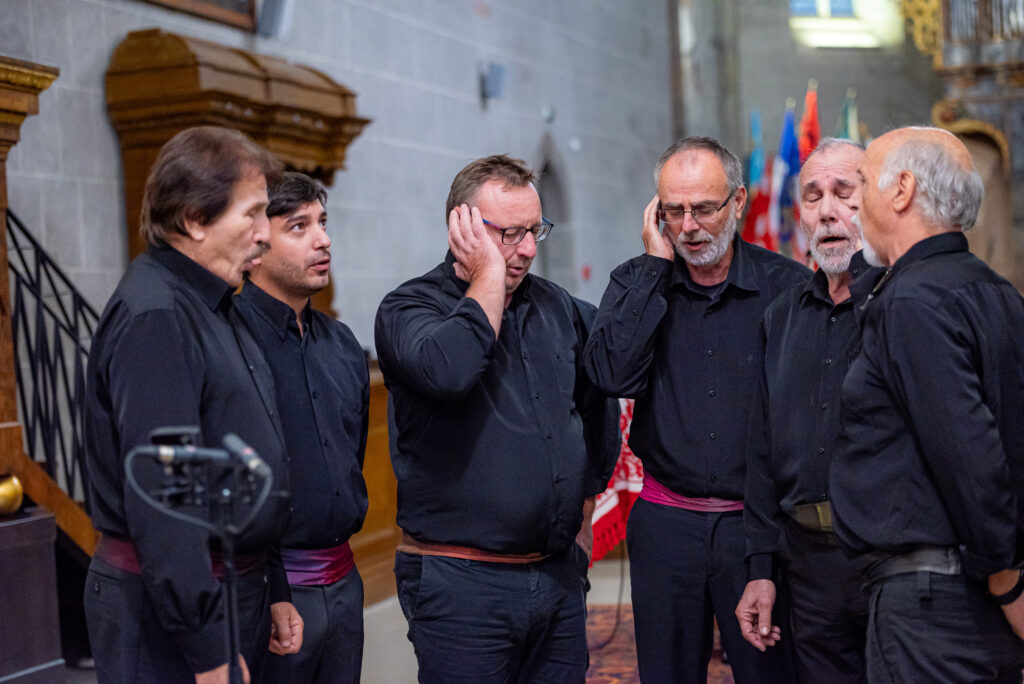
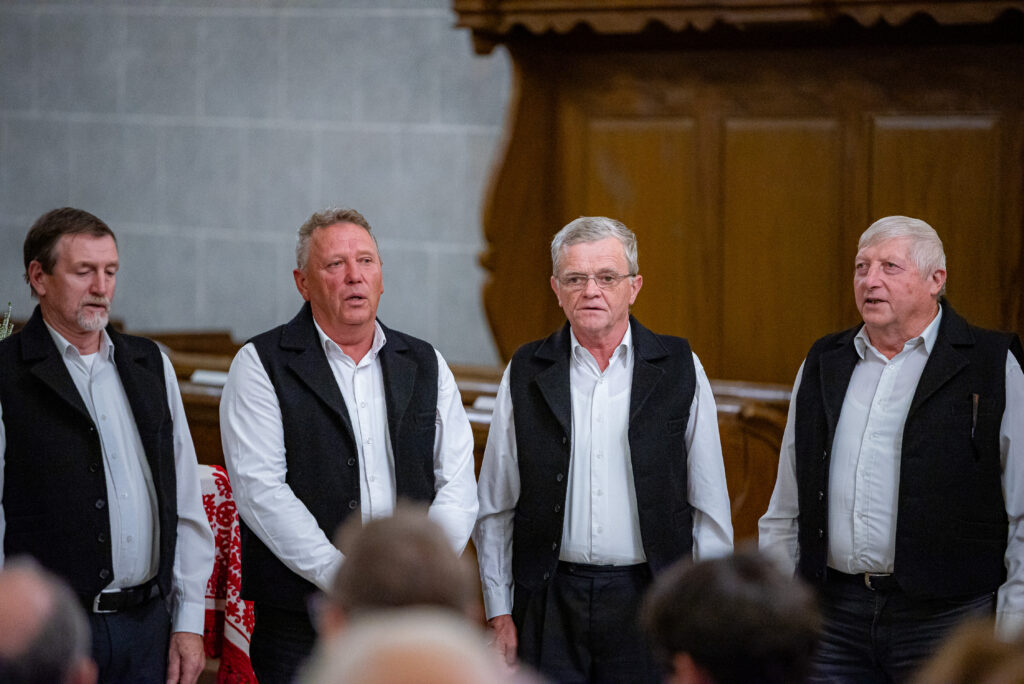
So Natives at Home is not stopping. What concrete plans are you preparing for the future? We heard about a large-scale concept called FolkFloor…
K.L.: Exactly. The next logical step is cooperation. We are joining the European Folk Network (EFN), because we realized that minorities in Spain, Italy, or Norway are in similar situations to us here in Transylvania.
But we’re not stopping at recognition. We developed the project called FolkFloor, for which we applied for support from the Creative Europe program. We created a consortium of seven partners, including Sicilian, Livonian (Latvia), Hungarian Roma, and Ukrainian communities in Germany. Our goal is to continue the spirit of the work we’ve already begun within a more complex program. Alongside joint tours, we would establish artist residency programs, training to strengthen the visibility of minority cultures, and a much-needed online platform with an interactive minority cultural map. We submitted the application, and now we wait hopefully for the result, so we can bring this shared European project to life.
From László Kelemen’s words, it becomes clear: Natives at Home is more than a concert series. It is a cultural mission that amplifies the quiet but vital voices of local communities amid the noise of globalization. It is a foothold in the “sinking ship” the head of the Transylvanian House of Traditions spoke of, and at the same time a promise that Europe’s cultural diversity is not only the legacy of the past, but can also be the greatest value of the future. The FolkFloor project shows that this idea is no longer just a dream, but a tangible, shared European plan.
